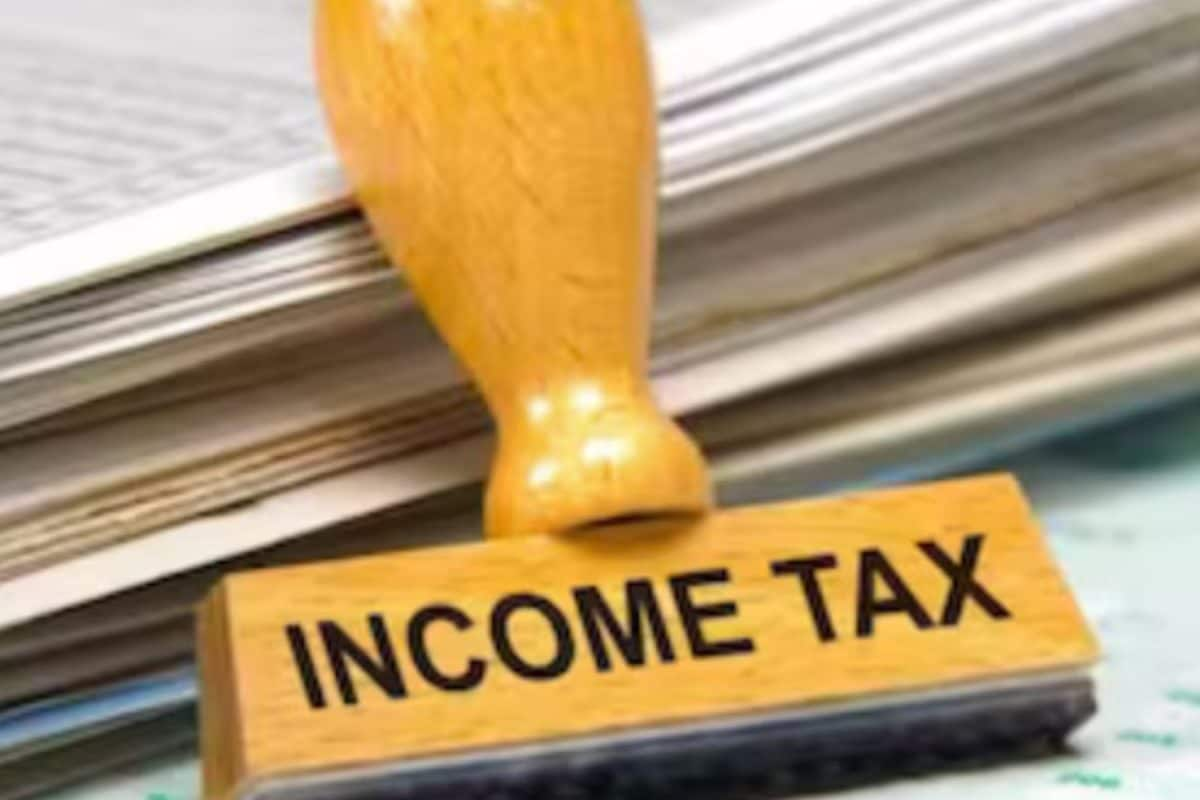

The Indian Income Tax system offers taxpayers a choice between two regimes: the old tax regime and the new tax regime. For the Financial Year (FY) 2024-25 (Assessment Year (AY) 2025-26), understanding the nuances of each regime is crucial for making an informed decision that optimizes your tax liability. The Finance Act 2023 has made the new tax regime the default option, but taxpayers can still opt-out and choose the old regime. The Income Tax Return (ITR) filing deadline has been extended to September 15, 2025, providing taxpayers with more time to assess their options.
Key Differences Between the Old and New Tax Regimes
The old tax regime allows taxpayers to claim various exemptions and deductions, such as House Rent Allowance (HRA), Leave Travel Allowance (LTA), deductions under Sections 80C and 80D for investments, insurance premiums, and medical expenses, and home loan interest under Section 24(b). In contrast, the new tax regime offers lower tax rates but significantly fewer deductions.
Income Tax Slabs and Rates
The income tax slabs and rates differ between the two regimes. Under the new tax regime for FY 2025-26 (AY 2026-27), the slabs are:
The income tax slabs for the old tax regime remain unchanged. The tax rates vary based on the age of the individual.
Standard Deduction
The new tax regime provides a standard deduction of ₹75,000 from salary and pension income. Under the old tax regime, the standard deduction is ₹50,000.
Rebate under Section 87A
Under the old tax regime, taxpayers with a taxable income of up to ₹5 lakh are eligible for a rebate under Section 87A, resulting in zero tax liability. For FY 2024-25, the new tax regime offers a rebate for taxpayers with income up to ₹7 lakh. From FY 2025-26, the rebate limit has increased to ₹12 lakh, making income up to that amount tax-free under the new regime.
Which Regime Should You Choose?
The choice between the old and new tax regimes depends on individual circumstances, including income level, available deductions, and investment preferences.
Flexibility and Switching Between Regimes
Salaried individuals and pensioners without business income have the flexibility to switch between the old and new tax regimes every year. However, individuals with business or professional income face stricter rules; they can switch back to the old tax regime only once in their lifetime. To opt out of the new tax regime, those with business income must furnish Form 10-IEA on or before the due date for filing their income tax return.
Impact of Budget 2025
The Finance Minister has proposed several changes to the income tax slabs under the new tax regime in the Union Budget 2025. These changes, effective from April 1, 2025, include:
Tools for Calculation and Comparison
To make an informed decision, taxpayers can use online income tax calculators to compare their tax liability under both regimes. These calculators consider income, deductions, and other relevant factors to provide an estimate of the tax payable under each regime. Several tax calculators are available from ClearTax, the Income Tax Department, and other sources.
Conclusion
Choosing the right tax regime requires careful evaluation of your financial situation and investment strategy. While the new tax regime is the default option, the old tax regime may be more beneficial for those who claim significant deductions and exemptions. By understanding the key differences between the two regimes, utilizing online tax calculators, and considering the impact of the latest budget proposals, you can make an informed decision that optimizes your tax savings for FY 2024-25.